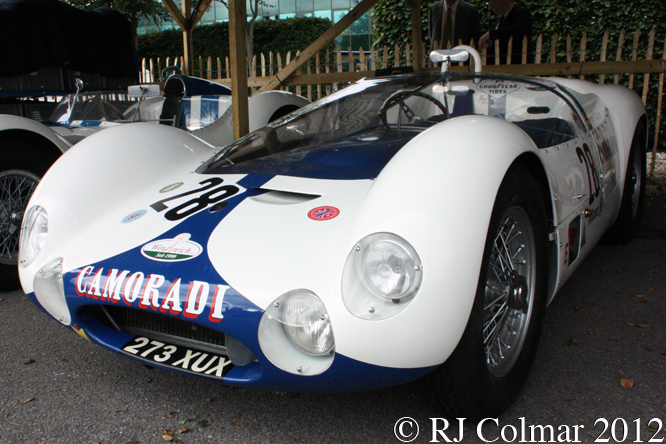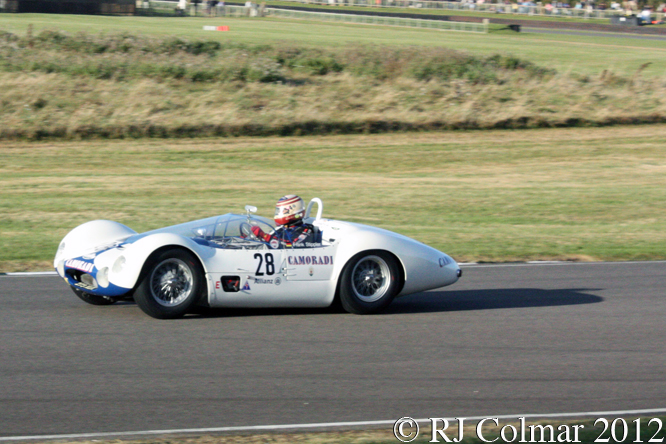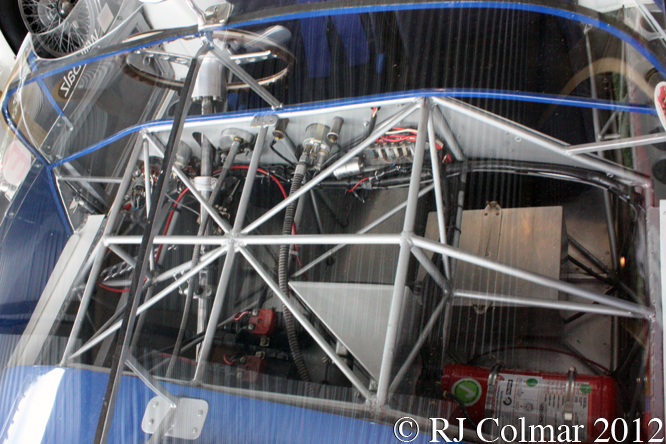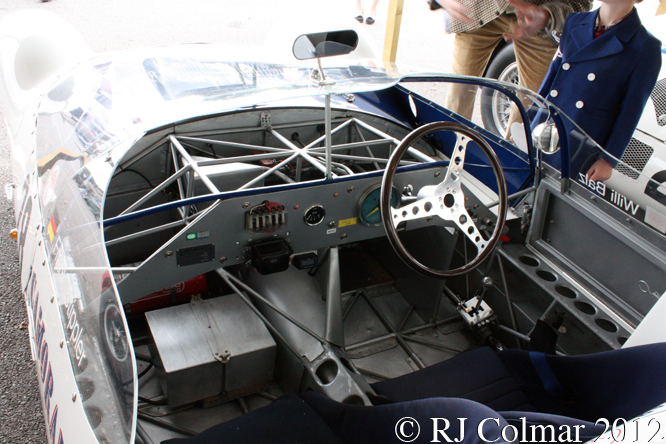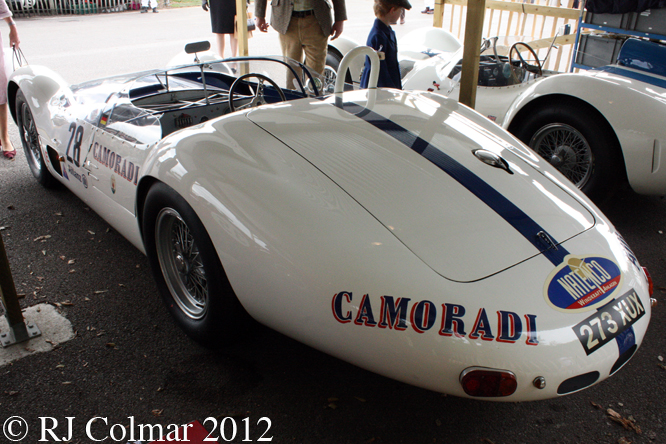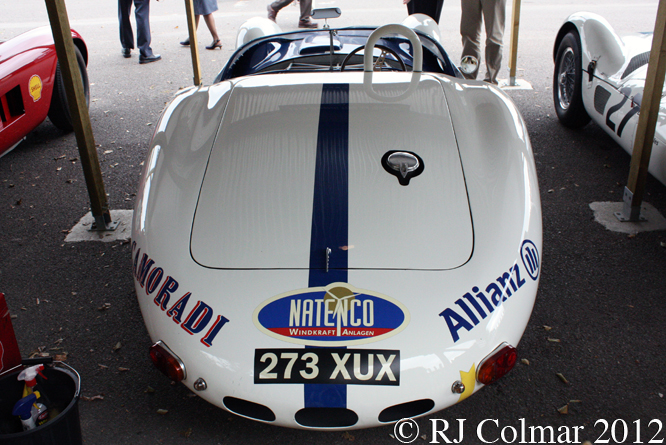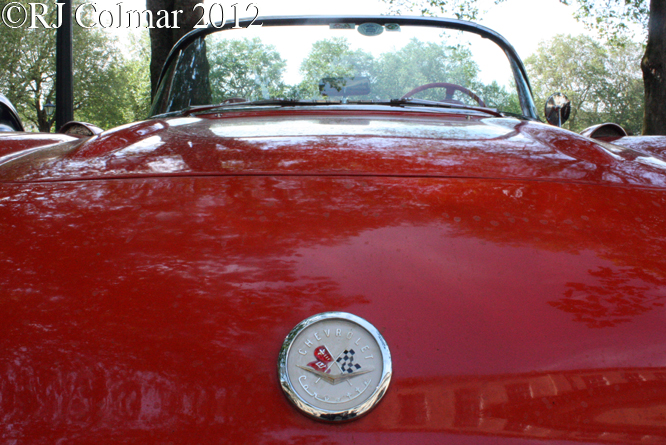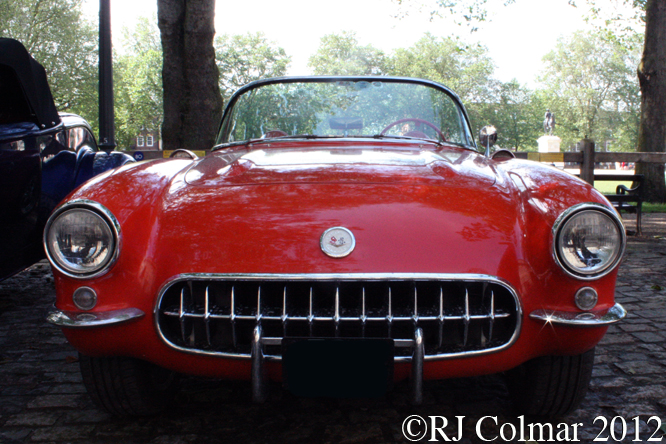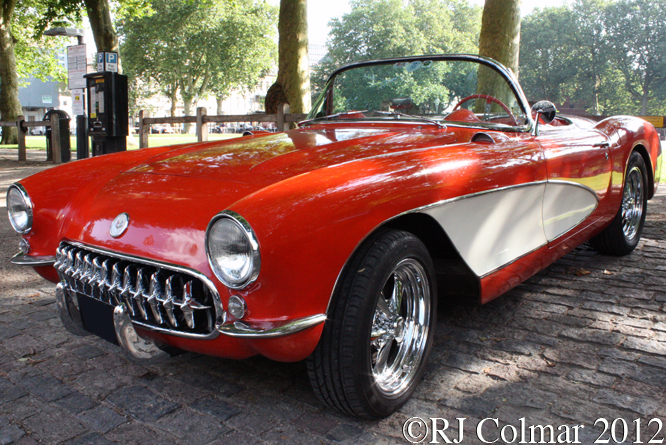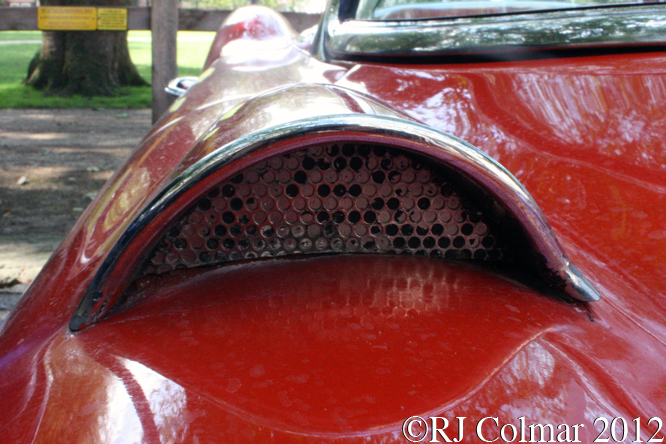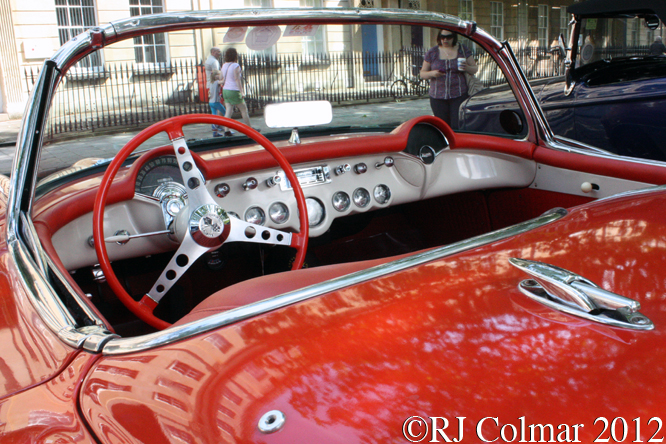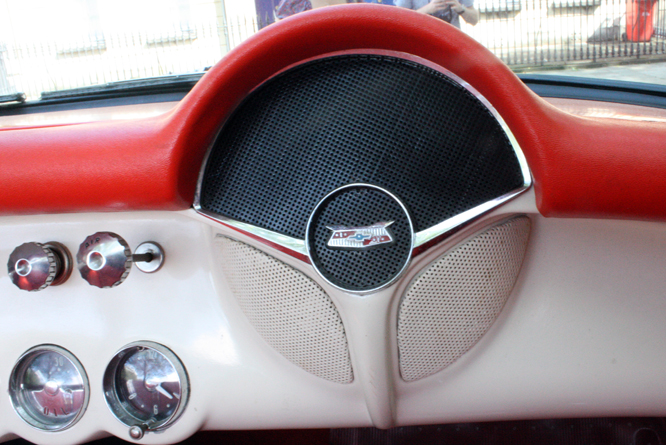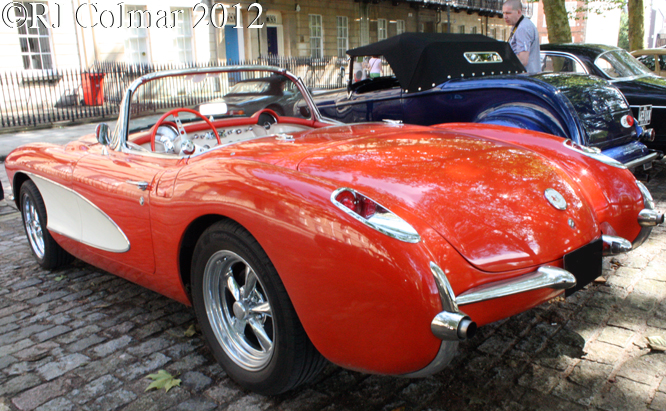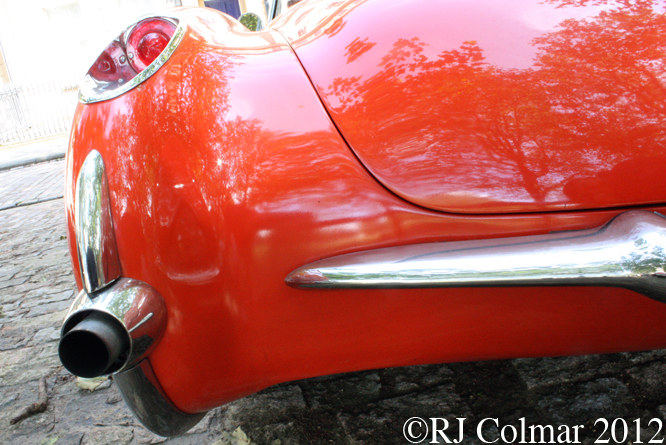The AMC Javelin was AMC’s iron in the Pony Car fire to compete against the Mustang, Cougar, Camaro, Firebird and the last entries into the Pony market segment the Dodge Challenger and Plymouth Barracuda on offer from the big three in Detroit, it was styled and developed by Richard A Teague and launched in 1968.
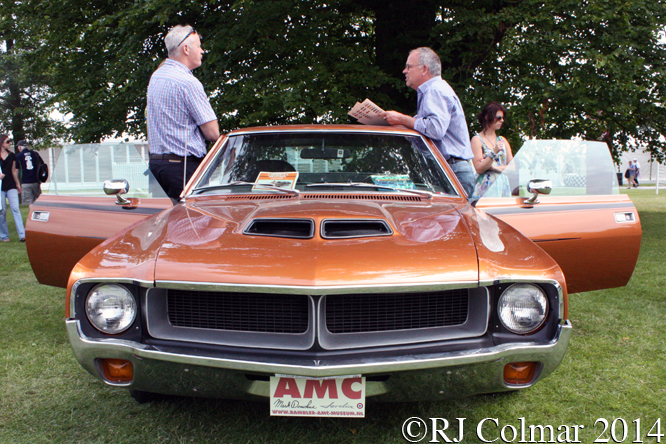
Short of resources the Javelin was developed from the 1966 AMX and AMX II concept cars and only offered with the two door semi fast back body style powered by one of three engine options all of which could be specified to burn either regular octane or premium octane fuel.
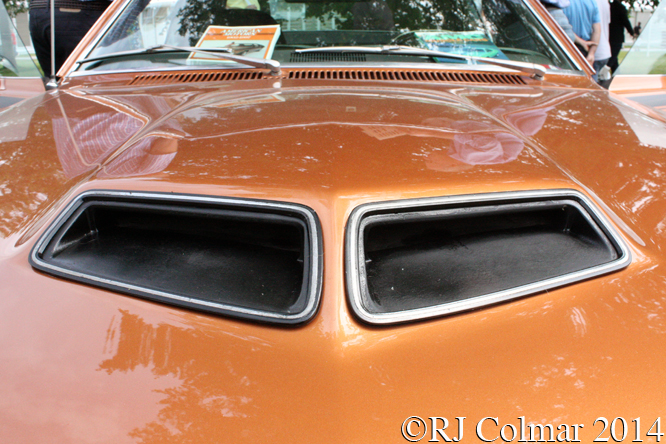
Despite not having a competition department, any technical support, performance parts or even a test facility of any kind AMC approached Ron Kaplan and Jim Jeffords of Kaplan Engineering to run two Javelins in the SCCA Trans Am series, in 1968.
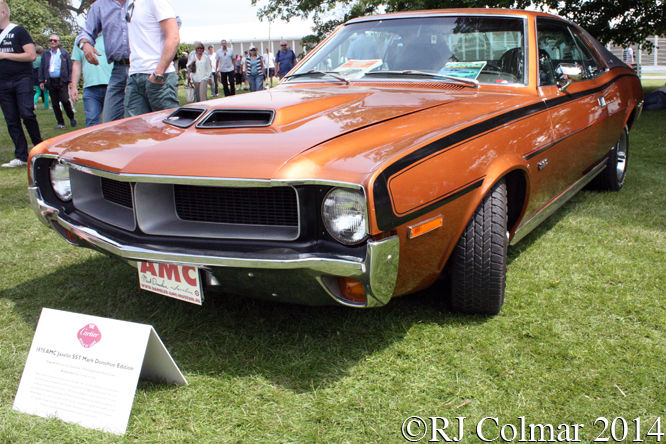
The team with drivers George Follmer and Peter Revson who got replaced half way through the season by Lothar Motschenbacher finished a commendable 3rd with an enviable record for getting their cars to the finish.
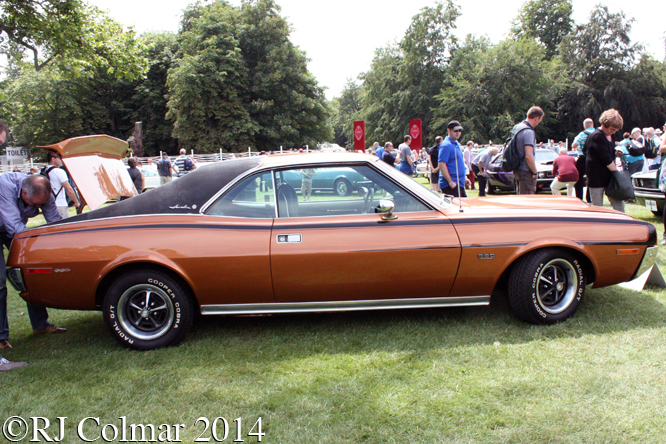
Kaplan ran the team again in 1969 with Ron Grable and John Martin who like Revson was replaced mid season by Jerry Grant, things between AMC were not so smooth second time round which was compounded by budget cuts that saw Kaplan take all of AMC’s inventory from their workshop to AMC’s zone office in El Segundo, California at the end of the season.
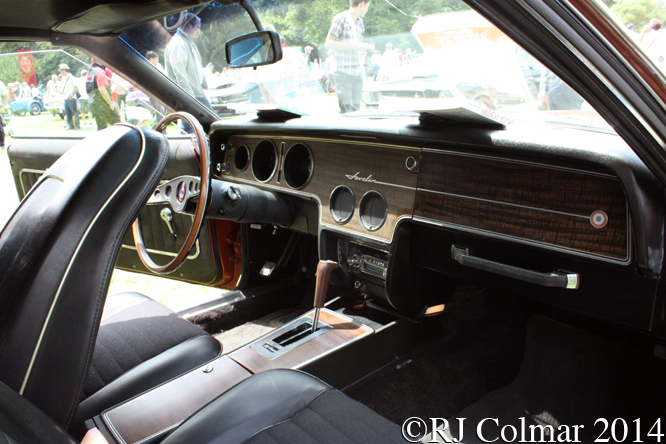
AMC did a deal with Roger Penske for the 1970 season who with the aid of Mark Donohue picked up the pieces and developed them in Pennsylvania into a more competitive package.
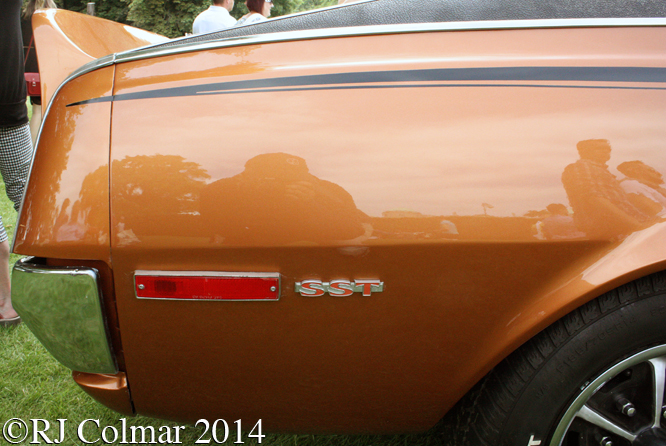
In order to run with the duck tail spoiler Mark had developed for the Trans Am race programme AMC built 2,501 Javelin SST Mark Donohue Editions that included the spoiler, a 5.9 litre / 360 cui motor and a variety of other options that makes these cars easy to replicate and difficult to verify in the absence of a specific vehicle identification code.
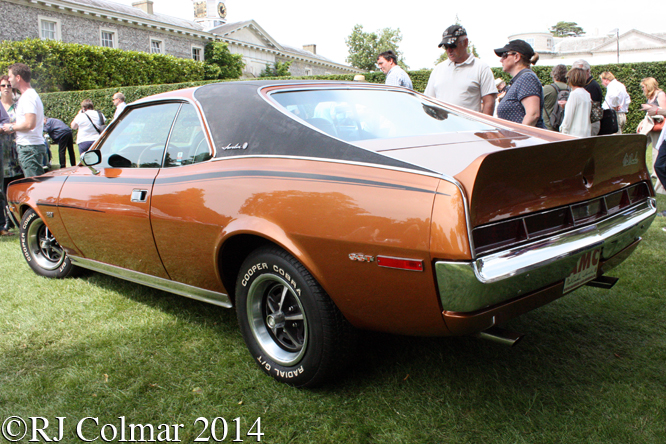
Mark was joined by Peter Revson and the team finished 2nd to Bud Moore’s Ford team in the 1970 Championship, before going on to win both the 1971 and ’72 Trans Am championships with the second generation Javelin.
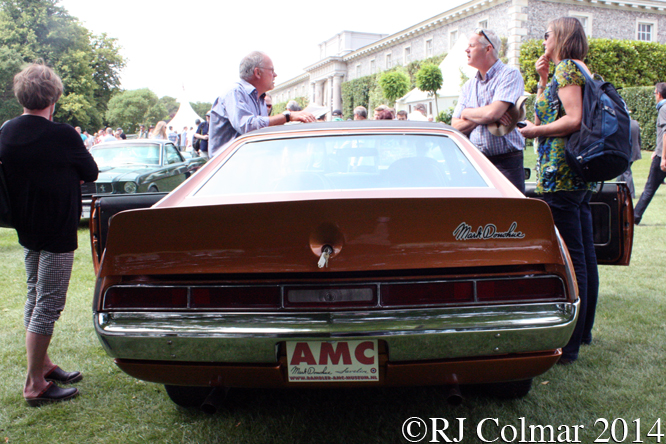
Today’s featured 1970 Mark Donohue edition belongs to Klass Van Dijk who was so impressed with a 1974 AMC Gremlin he bought in the 1990’s that he founded the Rambler AMC Museum in Berlikum, Holland which now houses more than 50 AMC’s, a small collection of Chevrolet Corvair’s of the type his father drove and an eclectic mix of other vehicles.
Thanks for joining me on this “Spoiler Homologation Special” edition of “Gettin’ a li’l psycho on tyres” I hope you will join me again tomorrow. Don’t for get to come back now !


